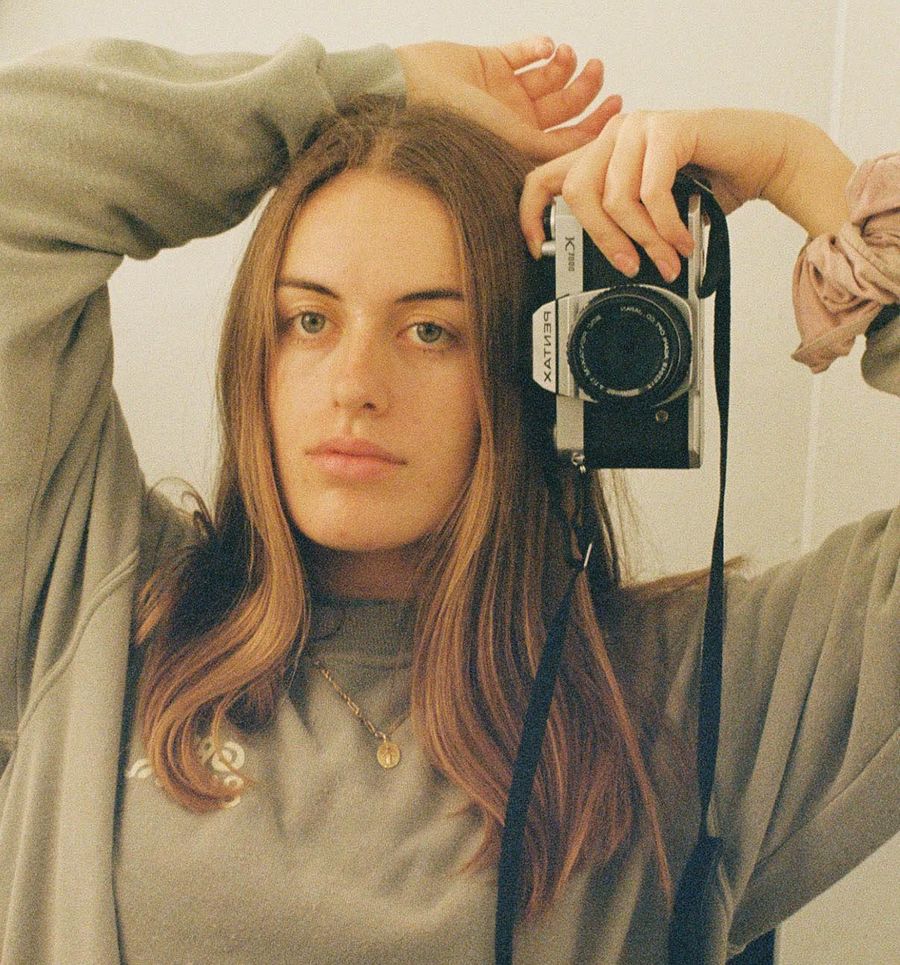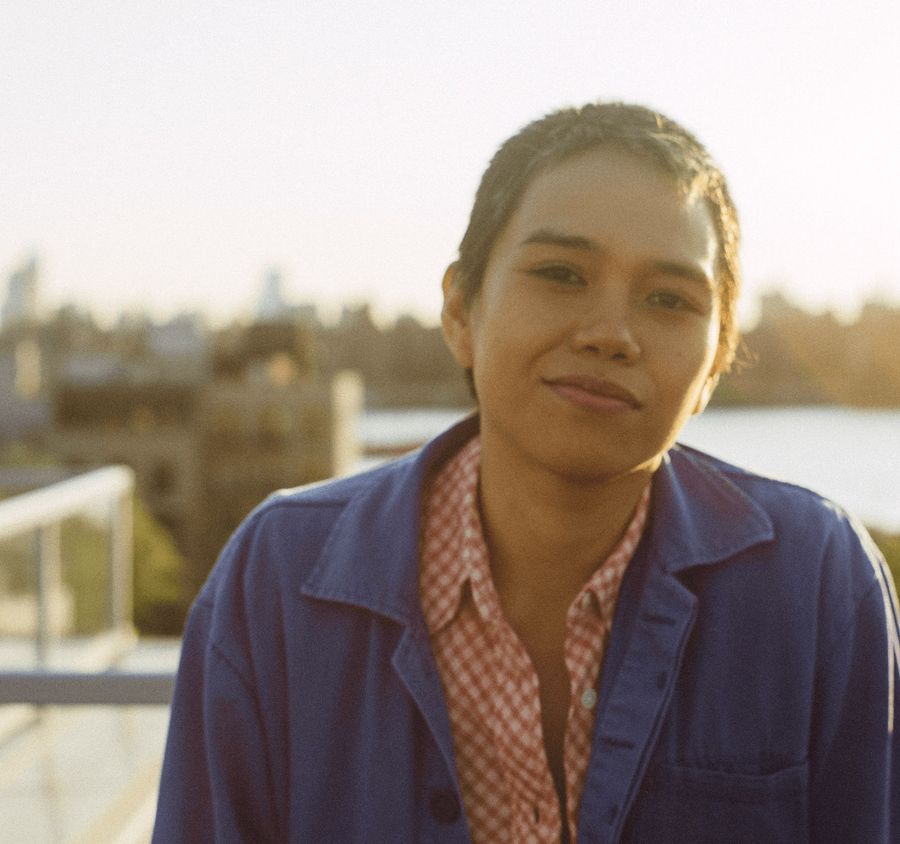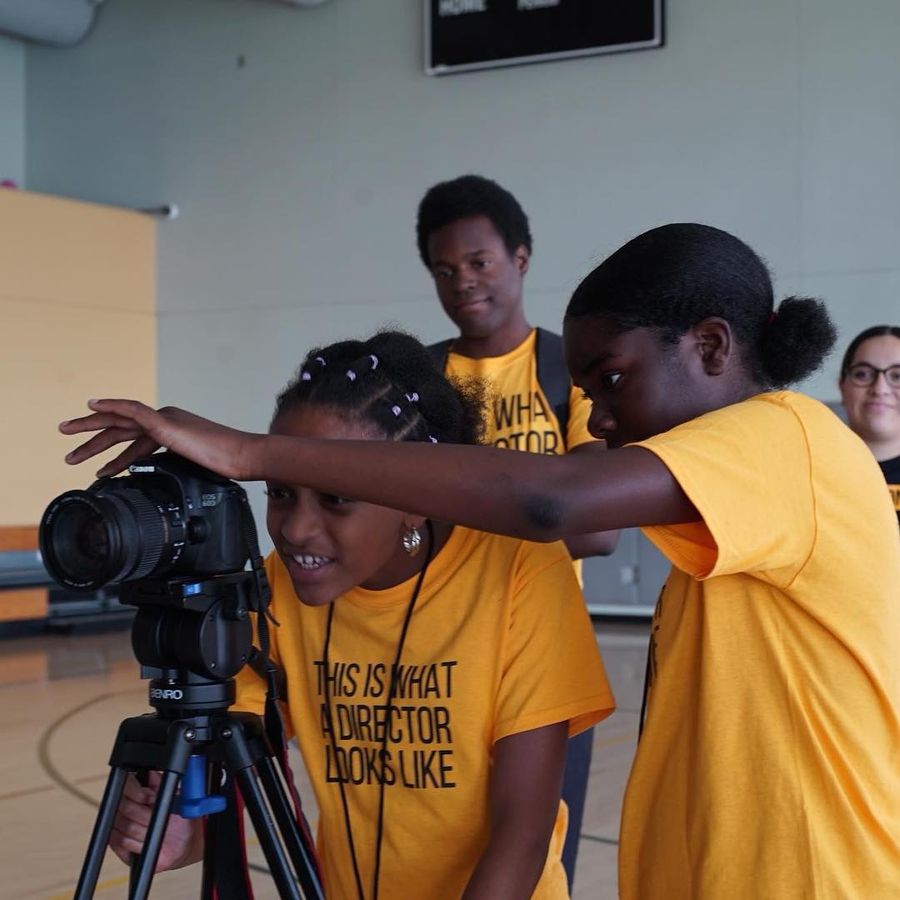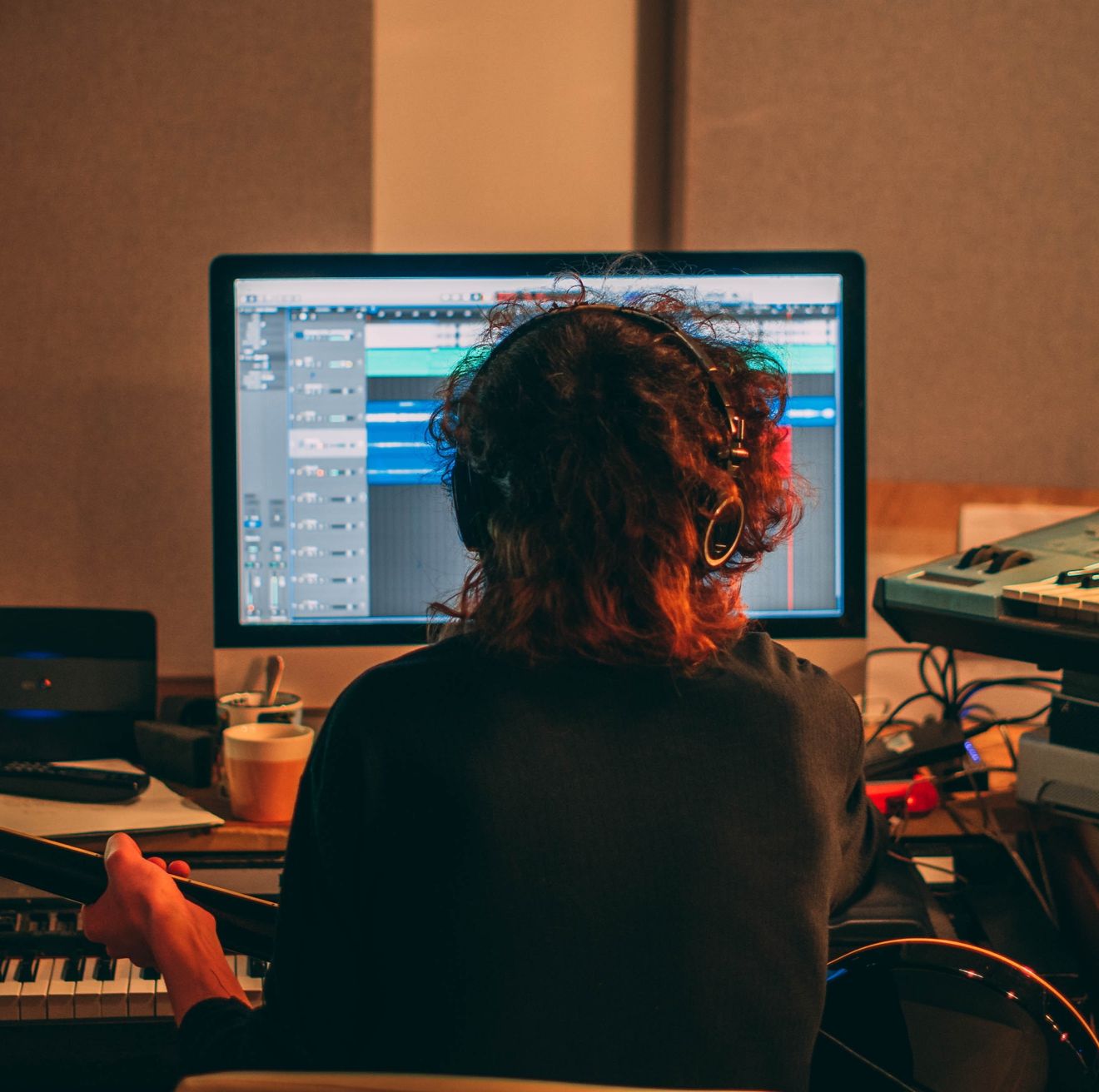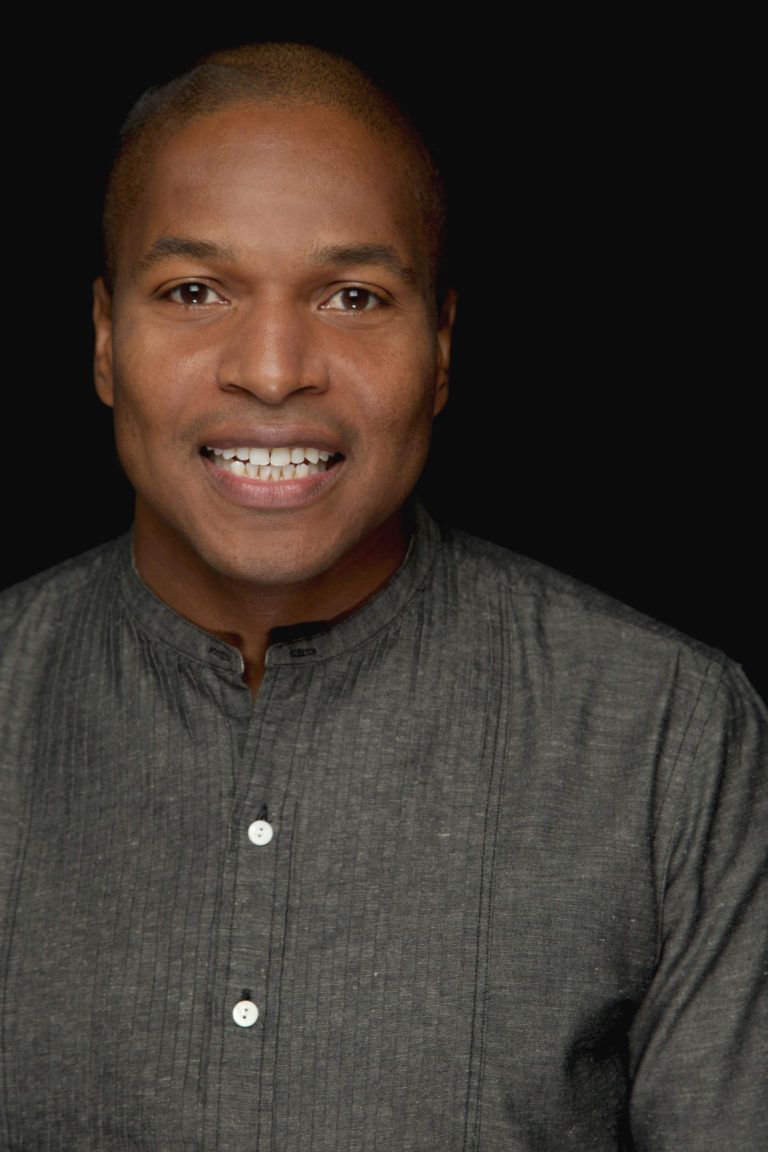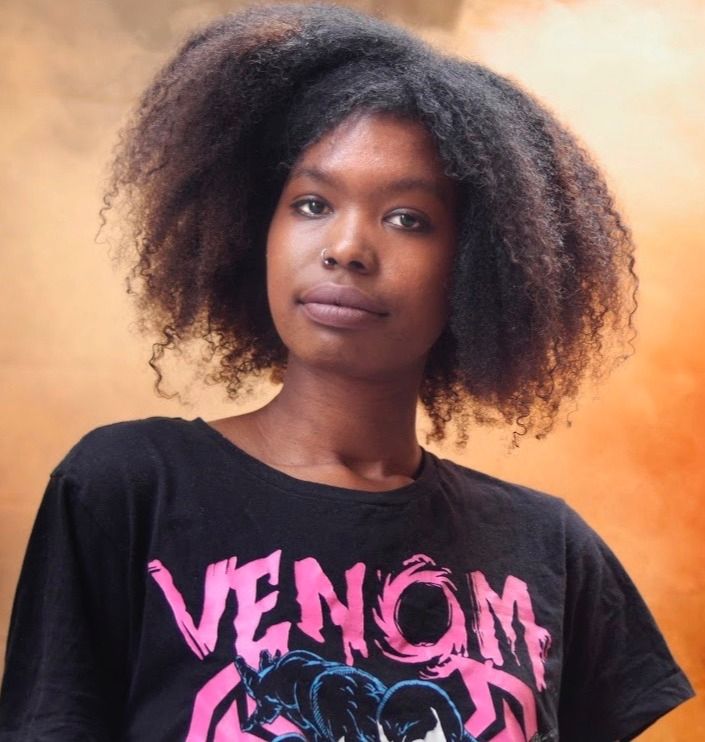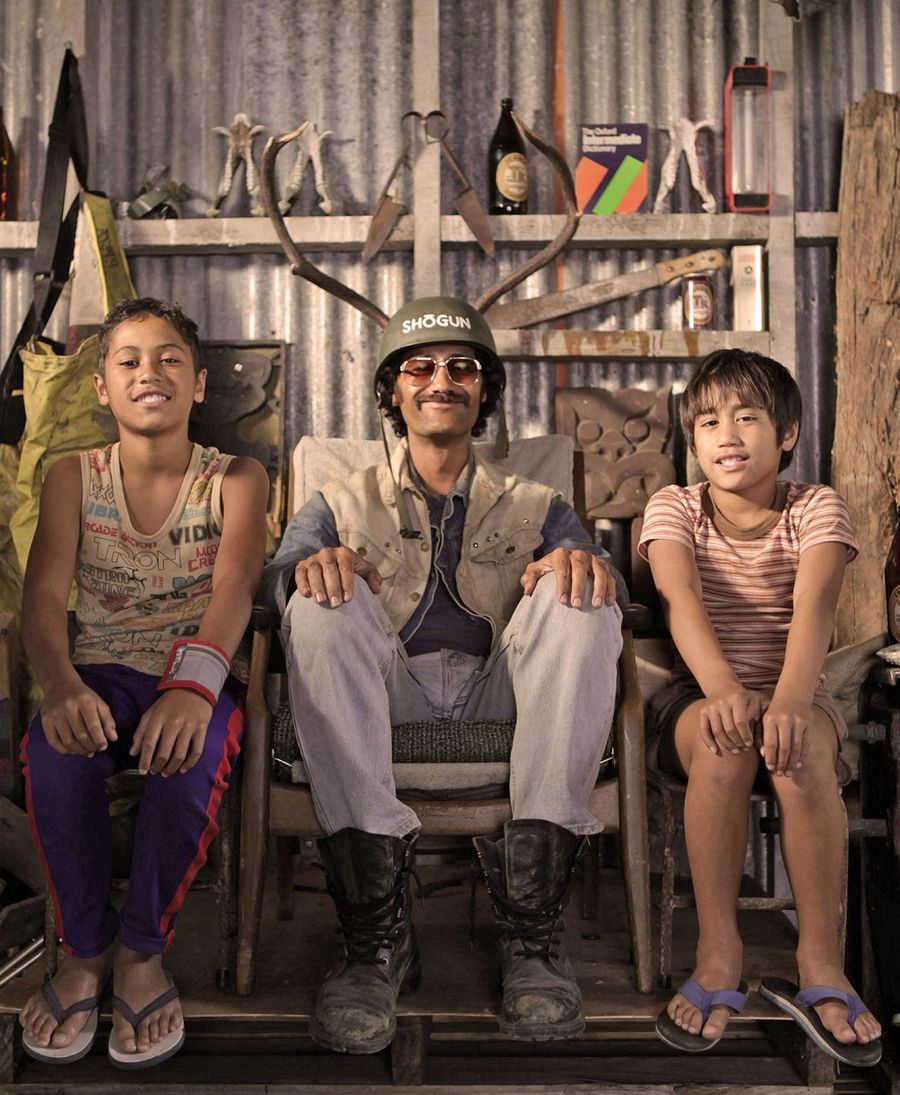FTW’s MEET series is a new editorial column highlighting up-and-coming FTW filmmakers sharing groundbreaking work with fresh takes and fresh perspectives.
Mary Evangelista is an award-winning filmmaker born in the Philippines and raised in California’s Bay Area. Informed by immigrant experiences uniquely their own, their distinct approach as an artist and an individual is careful, contemplative, and intentional. They lend their voice to characters rarely as leading protagonists on screen.
While studying at New York University’s Graduate Film Program, Mary directed, wrote, produced, and edited the short film “Ina Nyo." It navigates a day in the life of a young housemaid trying to keep her job while holding onto her dignity. Mary was inspired by the resilient stories of their mom and aunts, who worked as caretakers when they came to the U.S. Shot in the Philippines, “Ina Nyo” has a clear sense of place and perspective.
Watch the online debut of Mary’s intimate short below and continue reading to learn about their artistic evolution, ongoing exploration of queer identity, and unique experiences shooting abroad.
NOTE: "Ina Nyo" tackles sensitive subject matters that may be disturbing to some audiences. Viewer discretion is advised.
FTW: How did you get interested in filmmaking?
Mary Evangelista: I was always passionate about film. I got my hands on a camcorder when I was twelve and would try and turn all my school assignments into skits with my friends. I could only edit in-camera then or connect the camera to a VHS player and edit that way. I wanted to do these montage sequences with the same song and couldn’t figure out how to do it until I finally had access to iMovie in high school. That changed the game for me.
Did you eventually formally study the craft?
Yes, I studied visual arts in undergrad at UCSD. I got to learn about different mediums before focusing on film and video. The curriculum was geared towards innovation and experimentation and cinema studies which really ended up informing how I approach my work. It exposed me to Chantal Akerman, Lucrecia Martel, and greats like Ozu and Bresson. It taught me that you can do so much with so little, and I feel like I still hold to that scrappy mentality. Which helped a lot too when I went to NYU for Grad Film, and the curriculum was more production heavy.
Was there a moment that solidified your love for filmmaking?
A pivotal moment for me was when I made my thesis film in undergrad. I worked with my brother and his friends who were part of this Asian drag group in San Francisco called Rice Rockettes. I would film him and his friends in their drag and alter ego get-up. I weaved in a fictionalized story of these two queer siblings looking for redemption in different ways. Half of it was shot like a film noir while the other half was more experimental and campy. It was really the start of how I wanted to make films exploring queerness and gender identity within a genre, and with romance and love at the heart of it… if not a hero just trying to get by which leads me to "Ina Nyo."
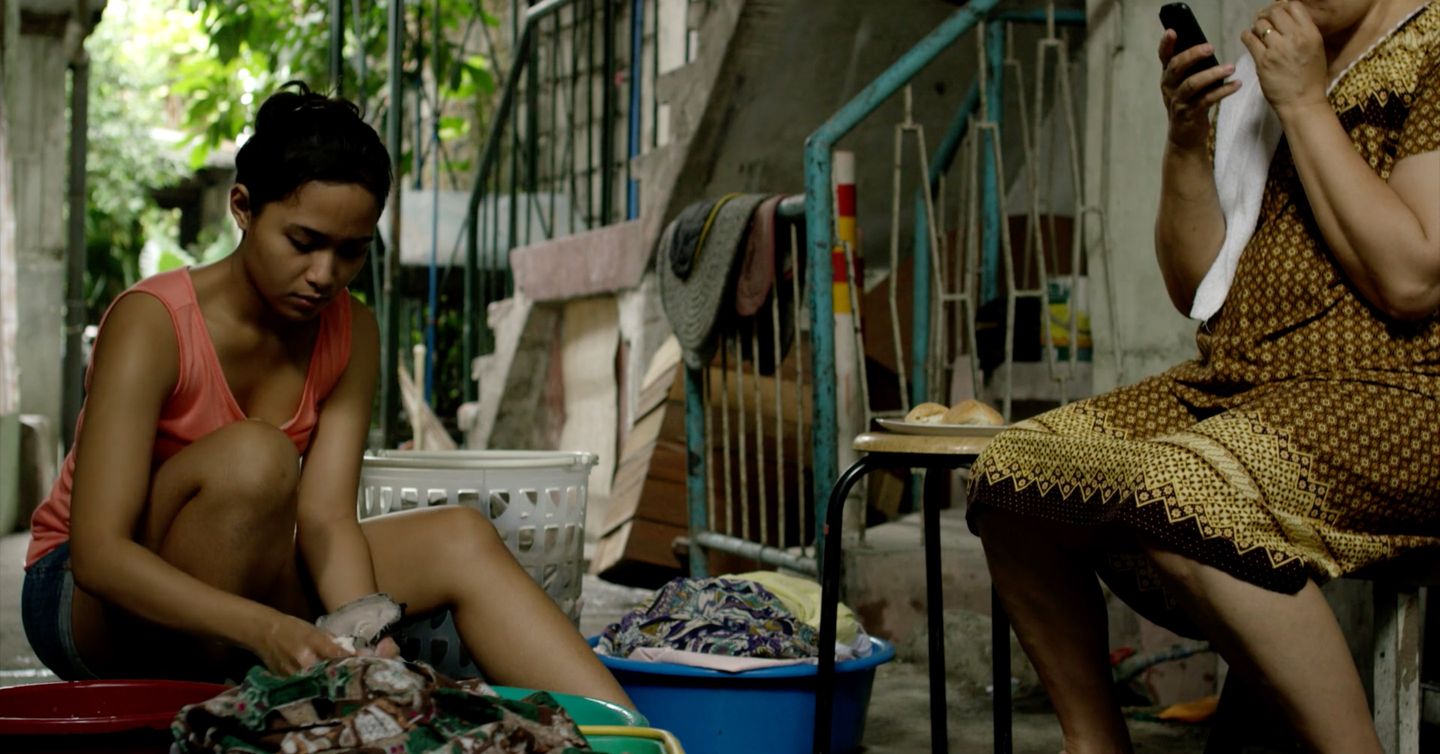
Where did the story of “Ina Nyo” originate from?
"Ina Nyo" (Your Mother) is a story about a young housemaid trying to keep her job and dignity as she navigates the difficulties of being used as a pawn in a sibling rivalry. With this story, I hoped to show the viewers about such everyday exploitation. I was inspired by the resilience of the women like my mom and aunts who’d tell these stories of indignities they’d face as caretakers and help, or just even being a woman in the world without papers… there’s this inherent vulnerability that I wanted to capture. They’d often tell a seemingly tragic story with both tears and laughter (although there isn’t anything to laugh about by the end of my film.)
Were there things that you were contemplating in your own life at the time that made you want to discuss that?
“Ina Nyo” is definitely super far from my life. If anything, I saw myself in the character of Jess, the girl who is in love with Ana. That kind of pining for someone you can’t have. The rest was research and seeking out meaningful feedback. At one point writing the film back in NY started to get frustrating because I was getting a lot of notes that weren’t really helpful, I think it just came from a more privileged perspective of the world. I just had to remind myself of who I was making this film for and started seeking out opinions that would help.
Shoutout to Christine Choy, an undergraduate professor and amazing filmmaker who made Who Killed Vincent Chin? Her notes were one of the most helpful ones I received. She pointed out how interesting it is that in every culture, the help’s room is always next to the kitchen. Just think about that space and how that affects the dynamics and relationships of a household. Her perspective was really eye-opening for me because she’s lived in different parts of Asia and told me many stories about the everyday horrors that domestic workers have to go through.
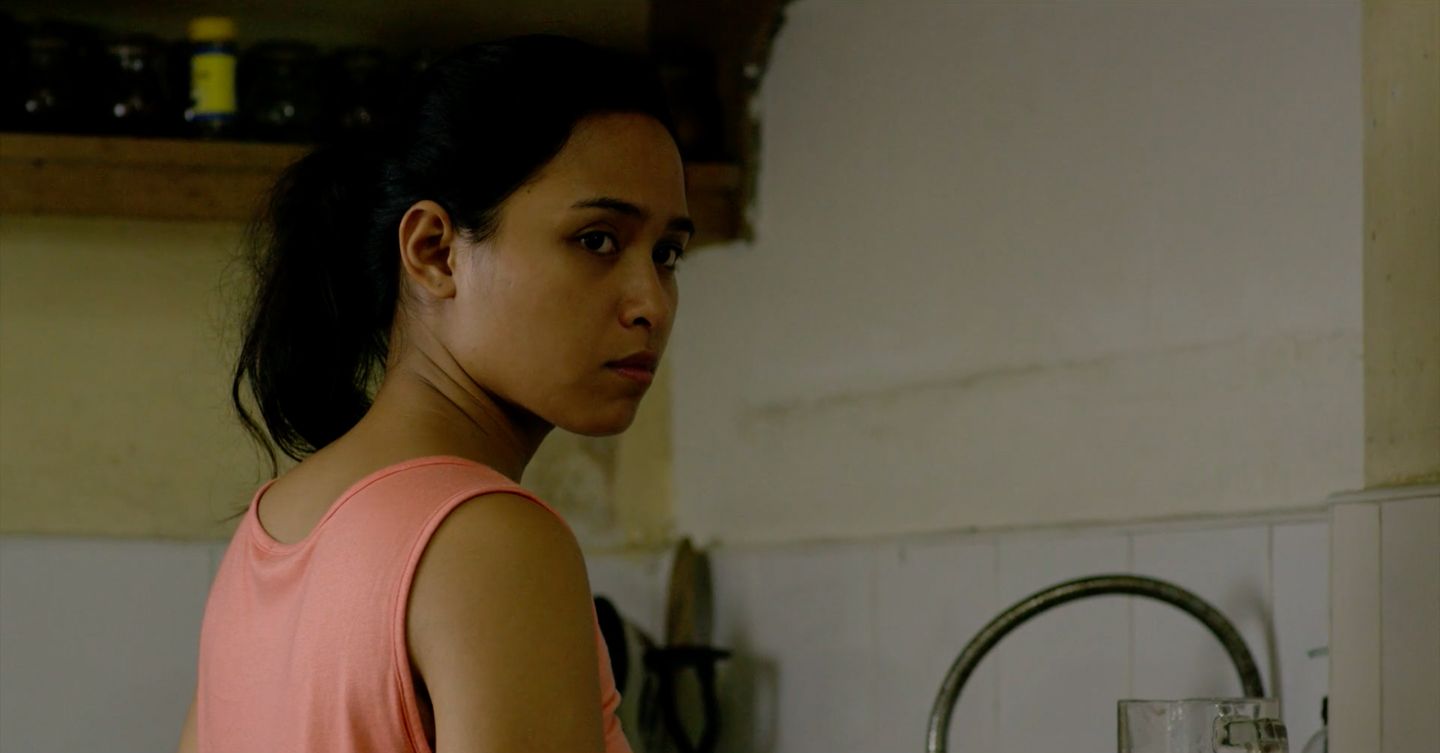
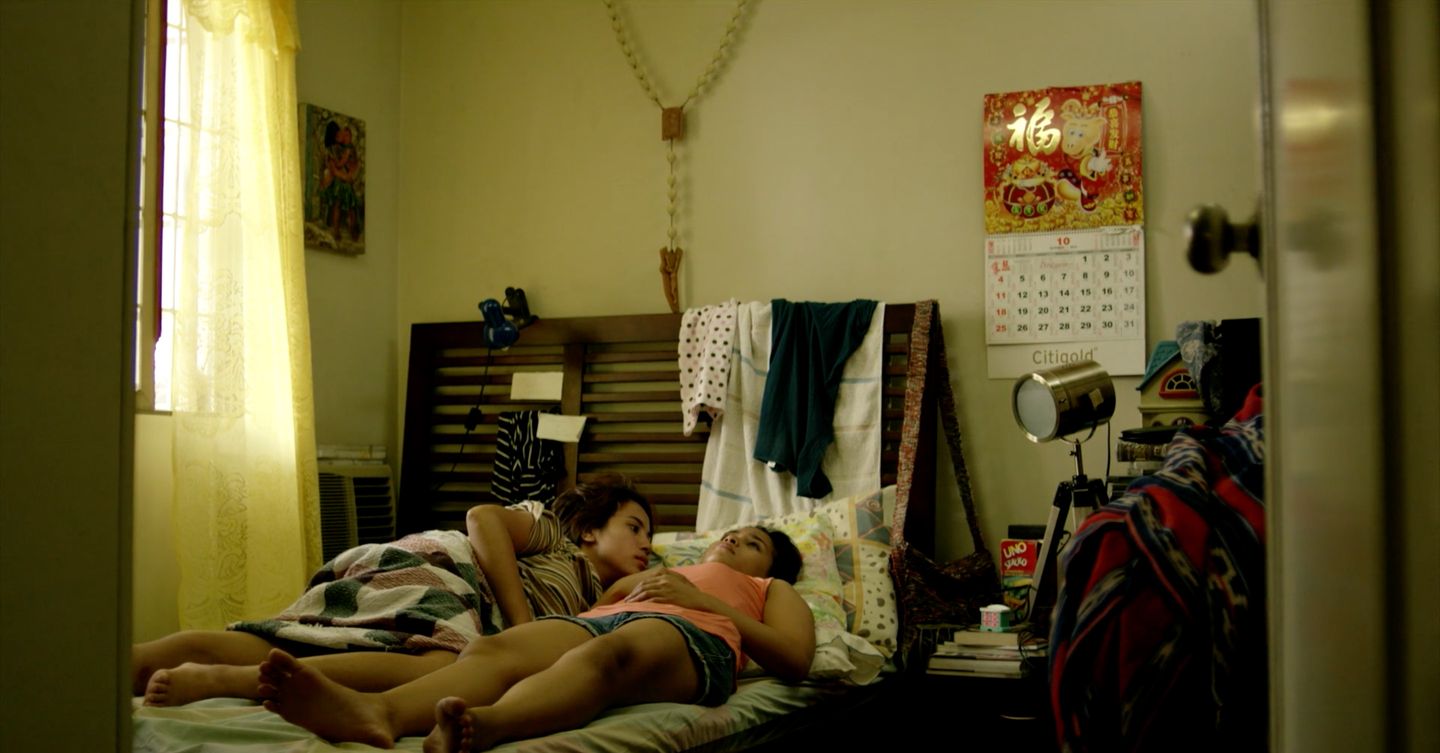
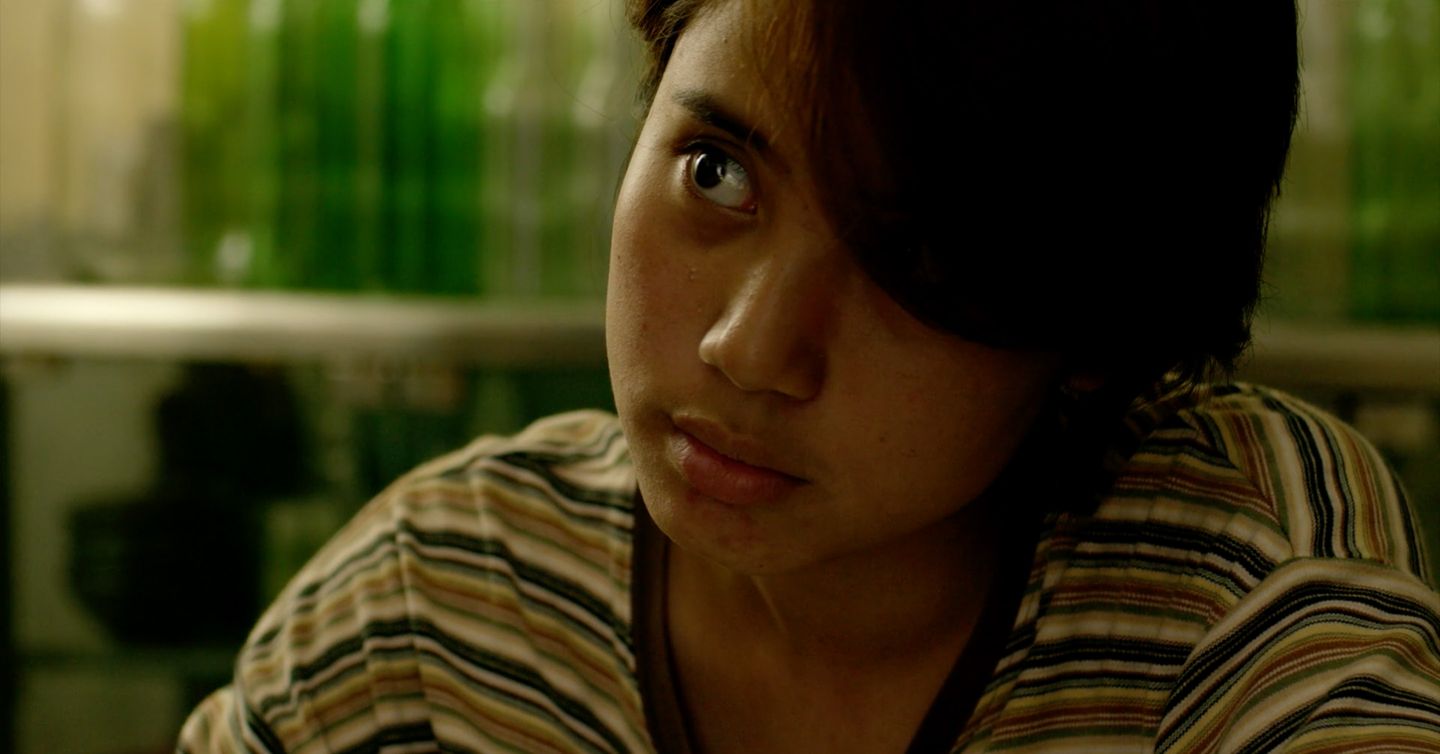
How did you find the cast?
I went to the Philippines three weeks before I was slated to shoot with the only definite things being that I had a camera team and camera package coming from New York. I got really lucky, however. I was introduced to Ben Padero (my producer) through my brother’s husband. Ben is an incredible production designer working in the Philippine indie film scene. He read the script and basically produced the cast and crew all of whom are talented and amazing. Lui Manansala who plays the older maid and Bing Pimentel who plays the mother are both TV and Film legends. Elora Espano, our lead, as well as Brian Sy and Joy Jamora who play the siblings all have backgrounds in Theatre and TV.
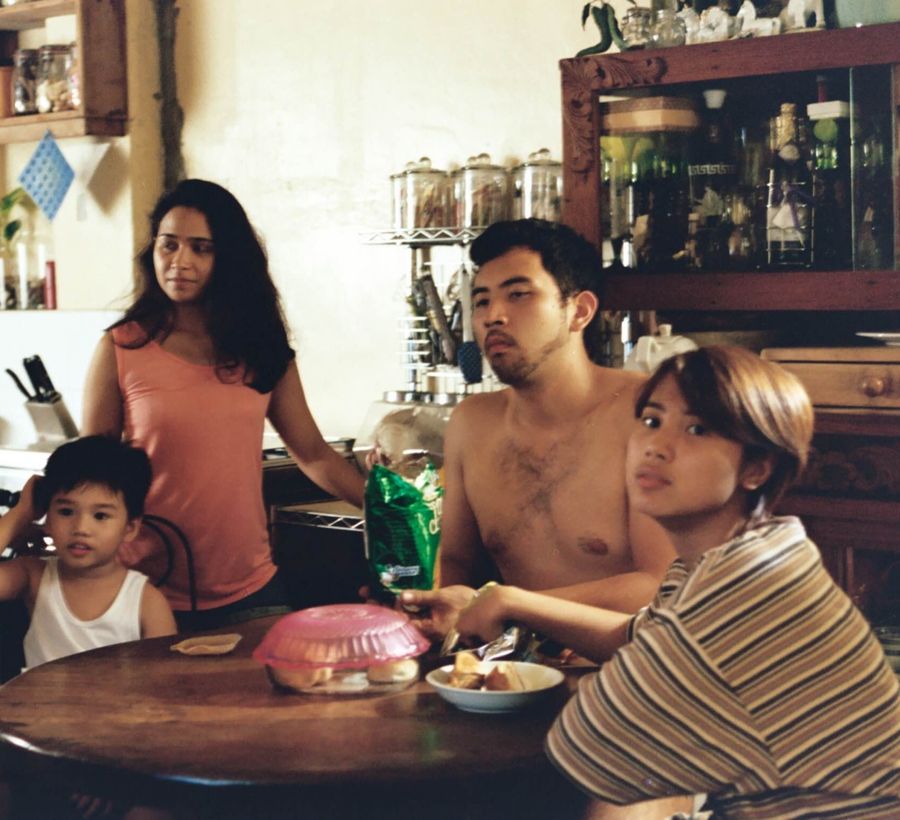
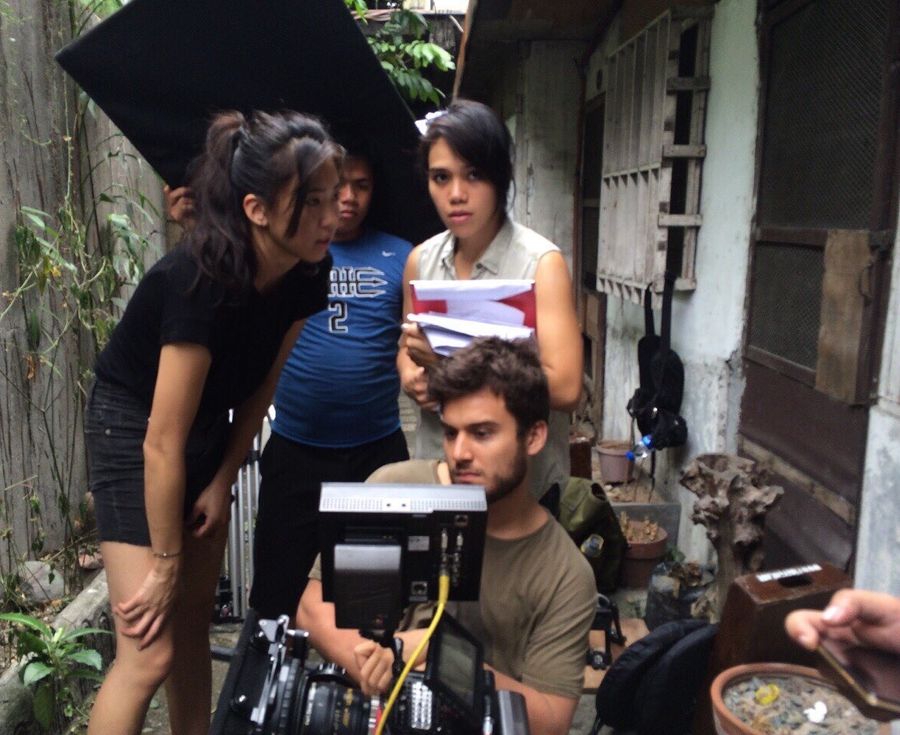
What were some of the core differences between your experiences shooting in the US versus the Philippines?
Coming out of film school, I had gotten accustomed to making films with classmates and friends. But in the Philippines, with wages being so low, people can’t afford not to get paid for their work. We ended up working out an honorarium system for the cast and crew, although it was significantly reduced because it was a student film. Still, I was grateful for that lesson: even when making a small project, there’s got to be proper compensation.
Also, Filipino productions are used to working 24 hours which is insane. In our first pre-pro meeting where I presented a 12-hour day schedule, the Filipino producing team laughed and thought I was crazy. I realized why on the day 1 of the shoot, we’re contending with traffic, a much bigger crew (for every light equipment there’s a handler), and generally, people were very chill like playing guitar and singing kind of chill. It was crazy and took getting used to but my small NY posse and the Filipino crew – we all ended up bonding over our differences but also the things we had in common, everyone was bringing something different to the table and that always makes for some kind of magic. We got it down to 12 hours eventually too.

What were the three weeks of prep in the Philippines like? Did you go there with a cast or locations locked yet?
I went there without anything, really. I didn’t even have the money yet. It was terrifying, but I figured if worse comes to worst I can shoot at my family’s house and make a story up starring my nephew. He was in the film, he plays the younger brother who just eats rice and sleeps. He was actually the hardest actor to work with, he wouldn’t stop eating when we called cut and we ended up having to wait for him to fall asleep to do the nap scene.
Eventually, I borrowed money for the budget and had a little fundraiser after production. In terms of prep and location, we eventually shot the film at my cousins house and another friend’s house. Ben put together a great team and line producer who got all the permits and paperwork in time for the shoot. Creatively, I spent a lot of my time just plotting with my DP Joanne. It was her first time in the Philippines so we did a lot of work to find the visual language of the film.
I love the real sense of atmosphere and place in the short. You can feel the heat and all these elements that really come across. How did you learn to translate these things on screen?
There are so many textures in the Philippines and moments I had written into the script. Joanne Park, the director of photography (DP) sought them out too and tried to find images that remind the viewer that this is a tropical place with relentless heat and humidity. And of course, there are things beyond our control like a thunderstorm that we ended up embracing and made the film a lot better.
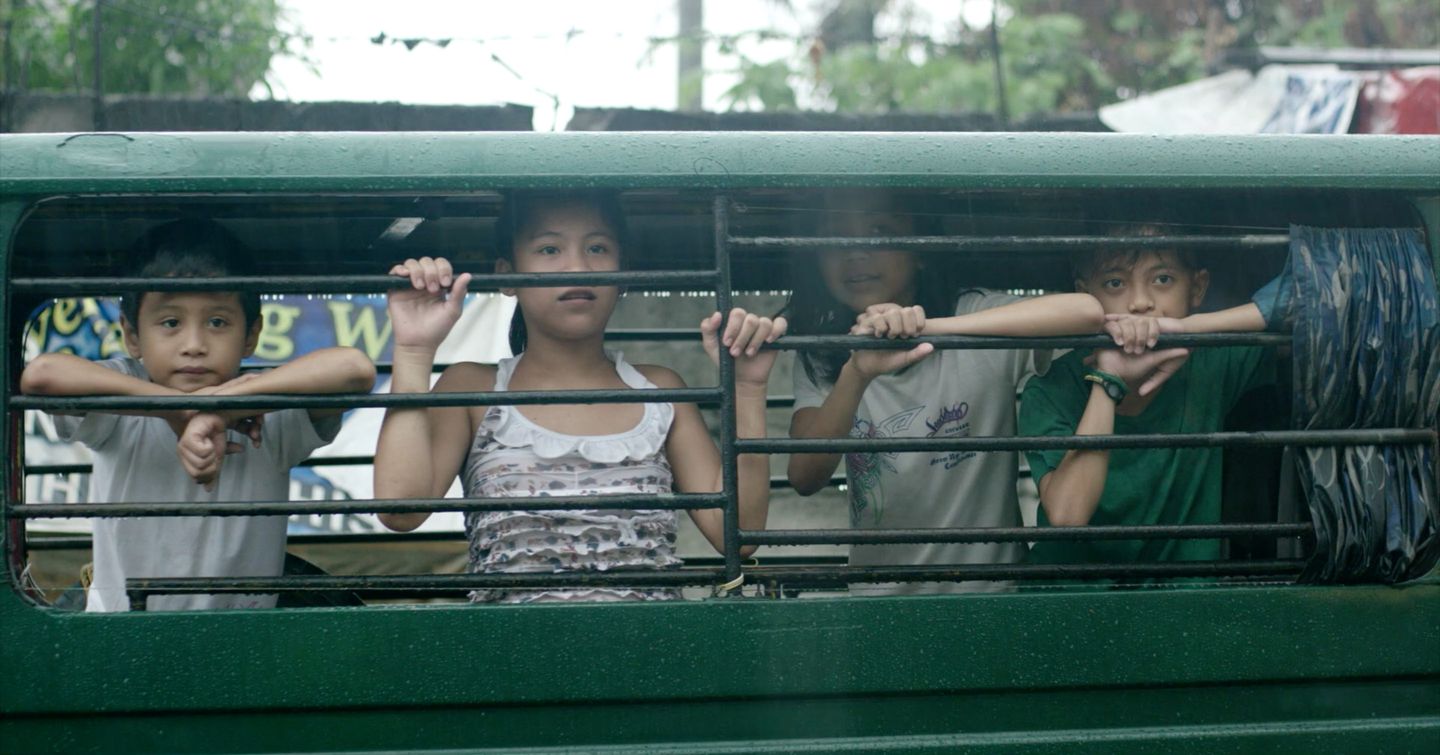
There are so many moments like that where you have to embrace changes on set. How do you shift your focus as a director when things aren’t going to plan?
It’s tough; I’m usually relying on my collaborators to go along with a crazy idea in those cases. In the best instances, we figure something else out, and that always ends up being more special than what was planned. It’s the closest thing to feeling like you’re in a band with your cast and crew and just jamming together. For me, I feel like I’ve had unique relationships with my DPs where there is a lot of trust, and that really helps in stressful situations when we’re crunched for time.
For instance, the thunderstorm really messed up our schedule. We had planned this shot where we see the car pulling out of the driveway and Ana closing the gate. But it wouldn’t have worked continuity wise since it wasn’t supposed to be raining, and also we lost the picture car. We came up with a new shot on the fly, where the crew found a bunch of umbrellas and created a tent over the actress and another over the camera. It’s actually one of my favorite shots in the film. I live for those moments of spontaneity that happen on camera and off.
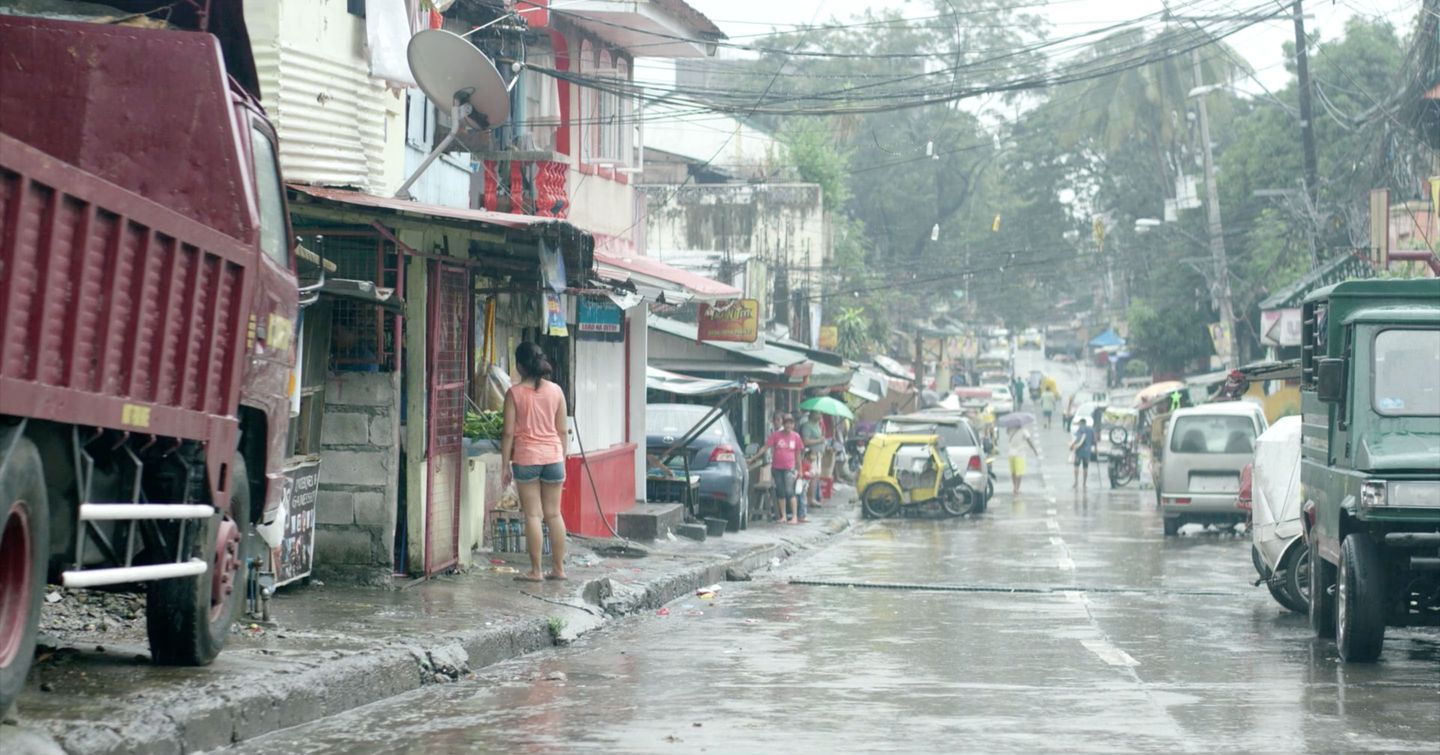
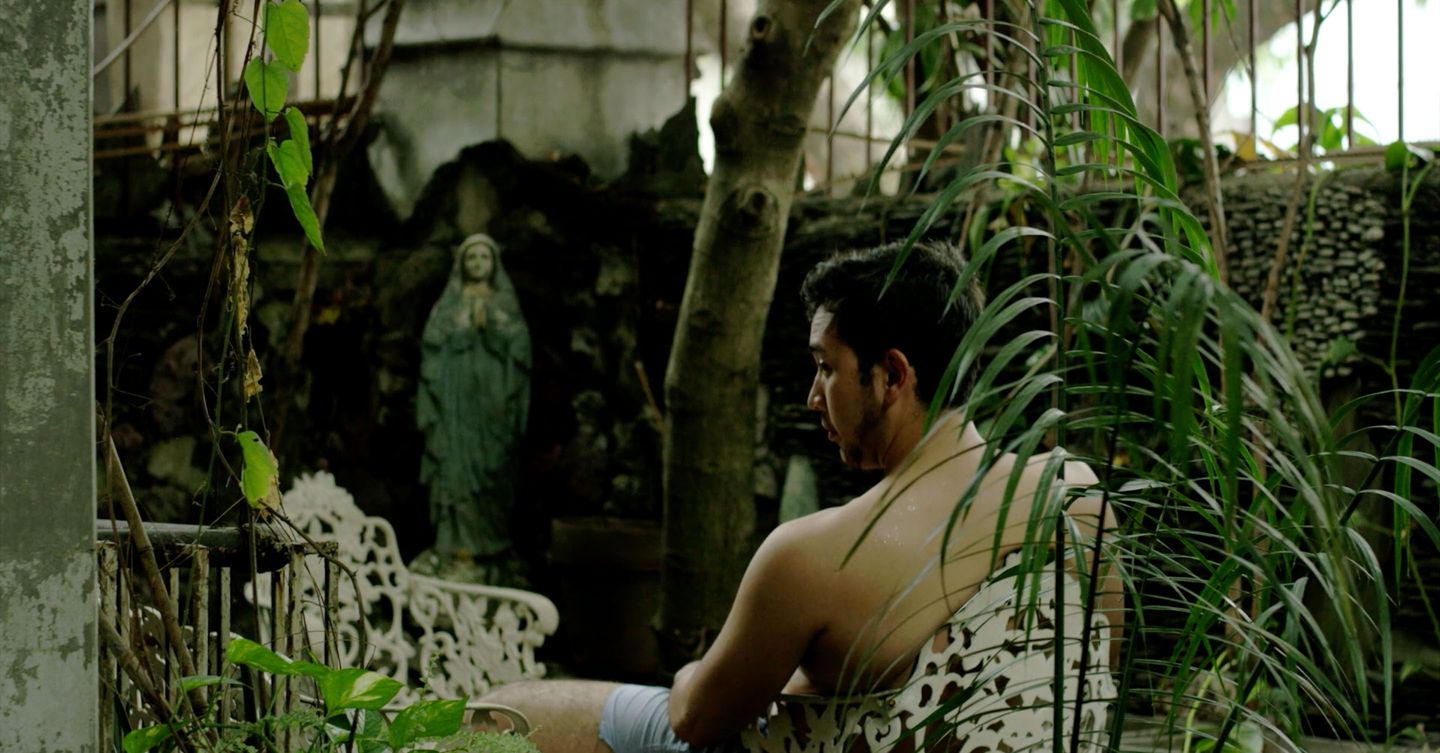

Especially with a bigger crew and being abroad, what are some practical things that you do to stay calm and centered while you’re directing?
I have a binder of notes that I escape to in moments of need. I try to have a solid plan before shooting, and with my DP we go into these locations and work out the shots together, sometimes even doing the blocking which can get thrown out the window. On set, it makes it easier to come up with new ideas at the moment.
Stepping away from the set and getting a little quiet always helps too.
How do you get inspired before a shoot?
Before a shoot, it’s usually working with actors and working with the heads of department that gives me momentum. Also, all the hurdles of production are pretty motivating especially when I think about how practically all I want to do is make a picture and tell this story.
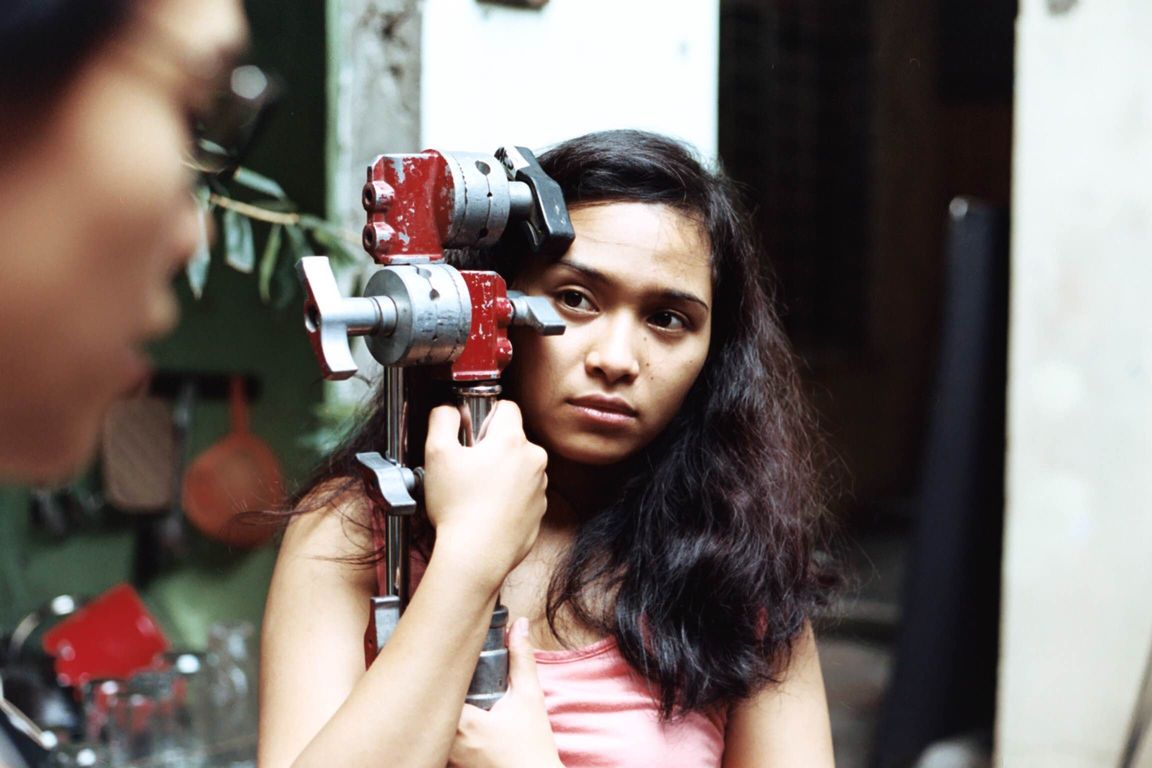
What stories are you thinking of telling next?
I’ve been working on my debut narrative feature called Burning Well. It’s about Fran (pronouns: they/them) who goes back home to their small upstate town in New York to take care of an ailing loved one, and along the way reconnects with a high school crush. It’s a queer story where I wanted to explore what happens after acceptance.
I want to continue to make films about the queer experience and love in ways that go beyond the typical coming out story. Queerness is constantly being reshaped and molded in this way that feels so alive. This time right now is so amazing because queerness is morphing in this way that feels more like water. There’s no container. I want to be a part of that conversation and explore those things while still honoring and figuring out my past.
"Queerness is constantly being reshaped and molded in this way that feels so alive. This time right now is so amazing because queerness is morphing in this way that feels more like water. There’s no container. I want to be a part of that conversation and explore those things while still honoring and figuring out my past."
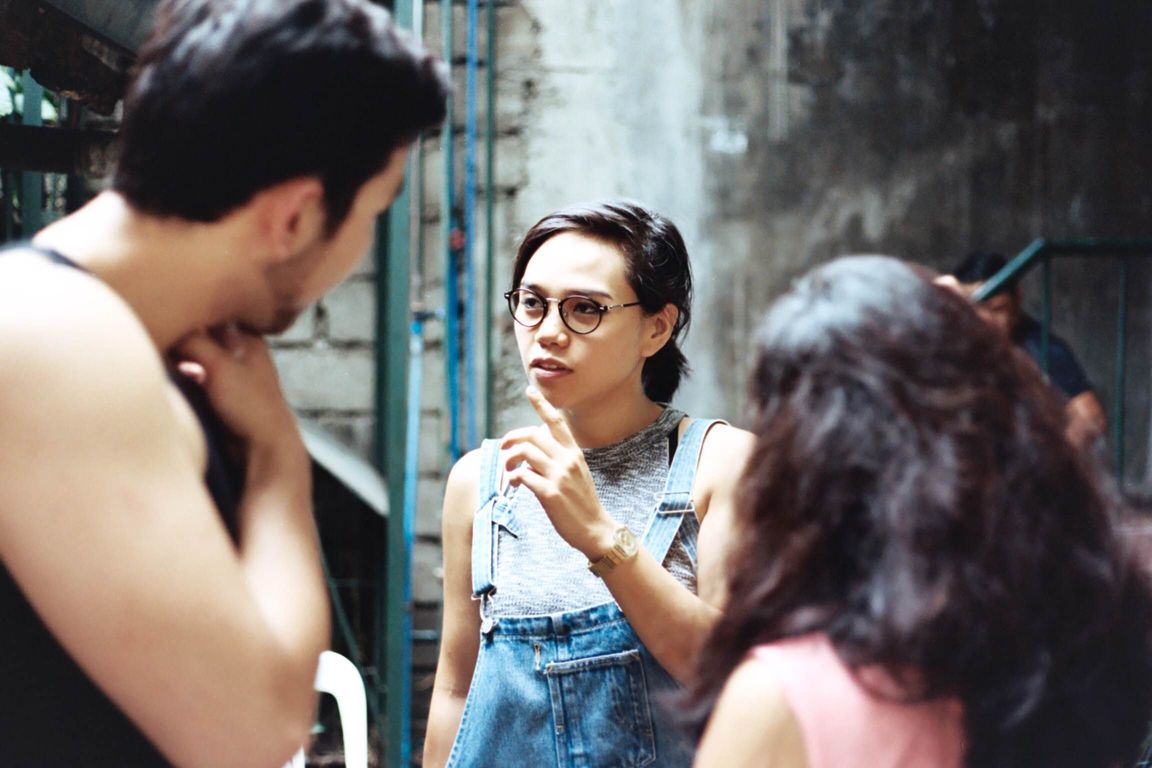
What is your biggest piece of advice to other aspiring filmmakers?
Just keep going. One of the hardest things, when I write for grants and labs, is feeling like I’m worthy of filmmaking. I spend days where I’m psyching myself out asking why I can and should apply to this or that. It’s weird and I’m sure I’m not alone with this feeling. But why question ourselves. Of course, we can! If you have a North Star, trust that you’ll eventually get there.
And lastly, seek out collaborators you admire, trust, and respect. I’ve learned a lot from being on other filmmakers’ sets and learning by trial and error. But it’s nice to have a tribe.
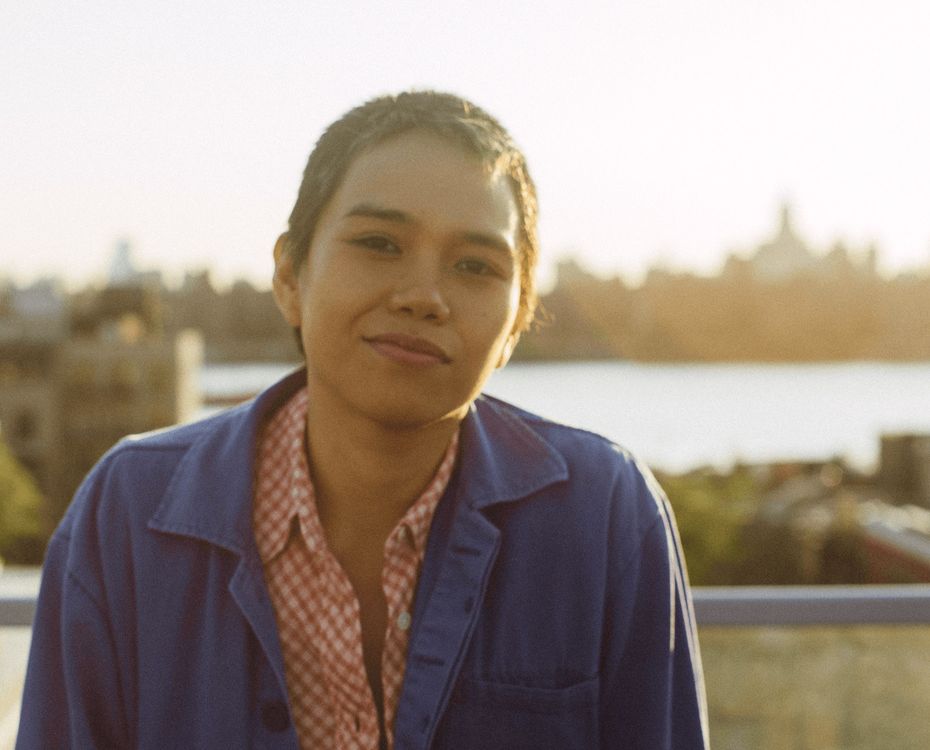
Mary Evangelista
Mary Evangelista is an award-winning filmmaker born in the Philippines and raised in California's Bay Area. Mary received an MFA from NYU Tisch School of the Arts for Writing and Directing. Their short film, "FRAN THIS SUMMER", is an LGBTQ summer love story that has screened in over 40 festivals, including the 2019 Sundance Film Festival. Mary co-created "WATER MELTS", a Tribeca Film Institute and Google Daydream supported VR rom-com which premiered at the 2019 Tribeca Film Festival. Most recently, Mary completed the Project Involve Fellowship with Film Independent where they directed the short film "LA GLORIA". Mary’s feature film, BURNING WELL, is in development and was a 2020 Tribeca All Access grantee.
María Alvarez
María Alvarez is an internationally recognized Cuban-Dutch filmmaker. She graduated from the University of Southern California with a BFA in Film & Television Production in May 2019. Her passions are centered on raising awareness for diverse female stories about sexuality, identity, and coming of age. Her films have screened at dozens of festivals such as the Los Angeles Film Festival and Cleveland International Film Festival, won awards from institutions such as Google, and screened in museums like MoMA. Her short film, "Backpedals", screened at the 2018 Festival de Cannes in the Court Métrage and was a finalist in the 2018 Horizon Awards, an all-female Sundance sponsored fellowship. She is a YoungArts alumna and is featured on the 2018 YBCA 100 List. She worked as a Director’s Assistant to Benedict Andrews on Seberg, starring Kristen Stewart and shot by Rachel Morrison. She is in the festival circuit with her senior thesis film, "Party of Two", which premiered at Outfest Fusion. She is currently the Creative Editor at FREE THE WORK, the global talent discovery platform for underrepresented creators founded by director, Alma Har’el.
